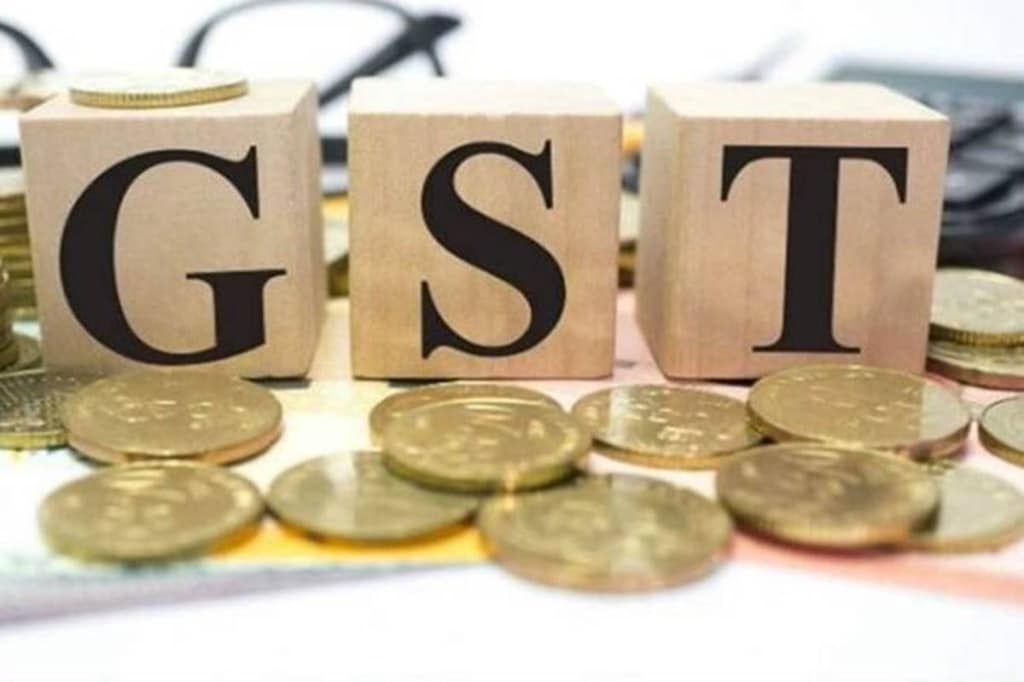As many as 69.5 lakh e-invoices (invoice reference number) have been generated by 71,000 users in seven days since the new mechanism was launched on October 1 for GST-registered businesses with over Rs 500-crore turnover.
Finance secretary Ajay Bhushan Pandey and other indirect tax officials reviewed the mechanism on Friday, finance ministry said in a statement.
E-invoice mechanism, when extended to majority of taxpayers, is expected to ease compliance burden as it would eventually replace e-way bills and even return filing for smaller taxpayers. Issuing of e-invoice is not just between a buyer and seller but the details are also uploaded on the GST network portal.
“Buyers and sellers will be able to have real time information of the invoices. Furthermore, the e-invoicing system can also eventually dispense with the present system of filing GST returns for smaller businesses and MSMEs because the system will pre-populate their returns and they have to simply pay the taxes. The returns will be automatically generated for all supplies for which e-invoice have been issued,” Pandey said.
The system would be rolled out for taxpayers with over Rs 100-crore turnover from January next year, and will be available to all business-to-business (B2B) transactions from April 1, 2021.
Pandey reviews roll-out plans along with other measure like analysis of errors and state-wise generation of IRNs.
Although e-invoicing was to come into effect from April 1 this year, Covid-19 delayed the implementation. Additionally, the GST Council had also waived off penalty provision for 30 days owing to demand from the industry. However, if an eligible business is not issuing e-invoices in October, it would have to generate an IRN from the invoice reference portal (IRP) within a month of issuing invoice.


